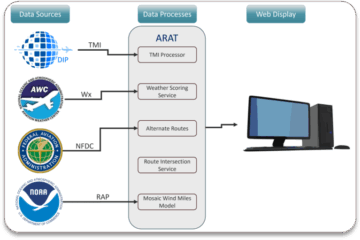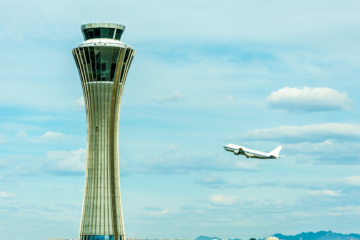Artificial Intelligent System for Human Health Support
Air Force / Space Force
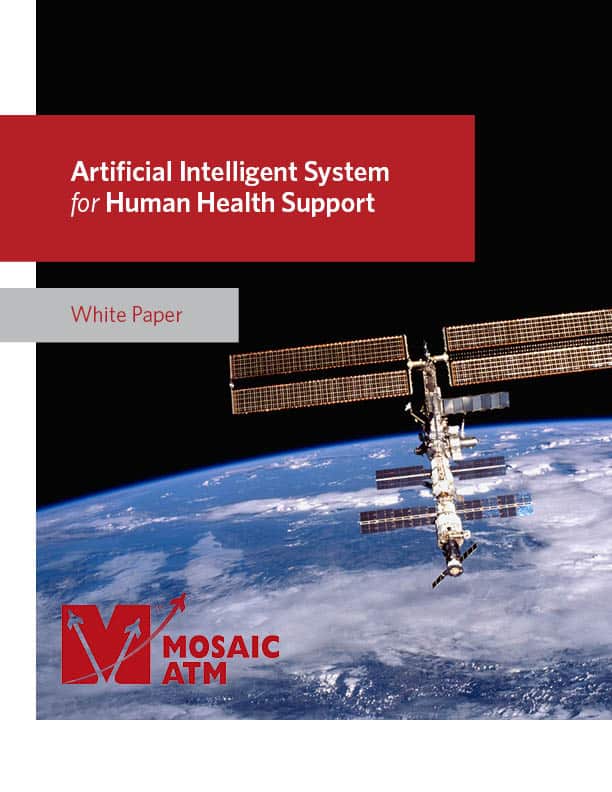
Take Our Content to Go
1. Identification and Significance of the Problem
As the Space Force expands its capabilities, the potential for operations to be conducted in isolation, confinement, and extreme condition (ICE) environments away from Earth and monitoring capabilities, increases. Having an autonomous artificial intelligence (AI) system that can monitor individuals via facial mood recognition, vocal tonality analysis, proximity to one another, performance, biosensors, surveys, and more, and predict conflict before it is problematic could improve a unit’s cohesion and performance in missions both in space and in isolated environments on Earth.
Building AI for Human Health Support
The goal of this autonomous AI system is to interpret, track, predict, and recommend countermeasures to the mental effects that can come from ICE environments, on-site, in real-time, and provide the support essential to maintaining interpersonal relationships of crew members. Note that ICE environments are expected during long-duration space missions but also exist on Earth, e.g., during winter stays in Antarctica research stations or prolonged deployments at sea. No such product currently exists, but as long-duration crewed space missions become more prevalent, the need for such a system will be critical. By developing it today and using it on current missions, the system will be finetuned and poised for use on long-duration spaceflights. Building and testing such a system today is critical.
Mosaic and teammate, Aptima Inc., have extensive experience with machine learning (ML) and AI systems produced for government solutions.
Mosaic is planning to identify Air Force and Space Force customers. Mosaic proposes to build the Artificial Intelligence System for Human Health Support (AIS-HHS) (figure 1) ingesting data using mature Aptima technologies and analyzed with proven data science techniques to support our customer’s needs.
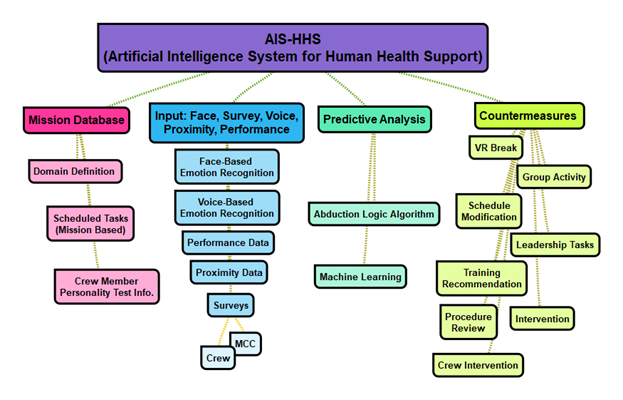
Phase I Technical Objectives | AI for Human Health Support
The Phase I effort has several technical objectives. They are:
- Determine Air Force and Space Force needs. While we are certain that countermeasures for antagonistic crew behavior will certainly be needed by the Space Force, we will begin by gathering information pertaining to the need for this tool, its best fit within the Space Force organization, and any additional technologies that either the Air Force or Space Force has identified that could be used by this system. As described in more detail below, the proposed Principal Investigator, Mounir Alafrangy, recorded detailed observations during his 45-day confinement in the NASA HERA HAB with the intention to improve the current system and introduce early-detection capabilities of the type we are proposing here.
- Create an initial design of the proposed AIS-HHS system. We have sketched out an initial design shown in Figure 1, but this high-level system will be revised given input from various interested parties in the Space Force and Air Force.
- Test the design against the Space Force needs. After determining the needs and developing an initial design, the next objective is to ensure that the design satisfies the needs of the Space Force. We propose to achieve this objective by developing a prototype system.
- Refine Prototype and Design given Space Force Feedback. After using the prototype and validating it against Space Force needs, we will modify and finalize the design of the system for a Phase II implementation.
Principle Investigator
Mr. Mounir Alafrangy
Space Exploration Lead, Senior Analyst, Aerospace Engineer
Mosaic ATM
Abstract: Mounir Alafrangy knows a bit about isolation and being quarantined. In October 2019, the George Washington University, MS Mechanical and Aerospace Engineering, 2018, alumnus successfully completed a 45-day confined space mission at NASA’s Johnson Space Center in Houston, Texas. During his analog mission to the Martian moon of Phobos, he participated in activities similar to those performed on the International Space Station such as simulated cargo transfers with the Canadarm, virtual EVAs, Lunar Landing Control, Spaceship Maintenance, and sample evaluation.
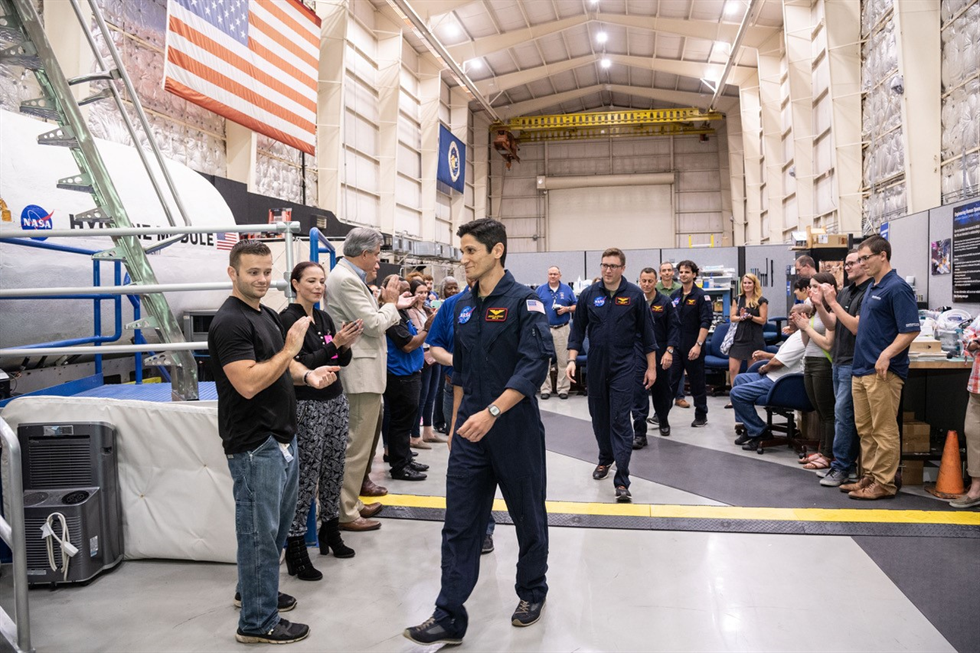
For 45 days, Mr. Alafrangy experienced the impact of being in confinement, first-hand. With a diverse cultural upbringing, growing up on 4 continents (Africa, Asia, Europe, and North America) and hearing 4 languages being spoken among family members, his cultural knowledge equipped him with a macro lens. This enabled him to see situations from many perspectives and assisted his interest in researching scientific methods for enabling positive human behavior during conflict in isolation. During the confinement, Mr. Alafrangy immediately began identifying behavioral changes and possible missed opportunities for improving the crew’s experience with one another.
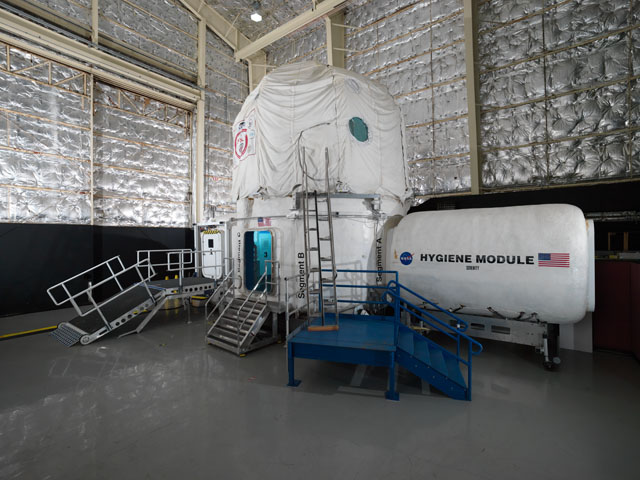
While completing his Master’s in Mechanical and Aerospace Engineering at GWU, Mr. Alafrangy’s research focused on creating mechanisms that will mitigate the physiological risks associated with long duration space travel and improve human health on deep space missions. Mr. Alafrangy will discuss his HERA experience and how it is influencing his current research with the use of AI in deep space exploration.
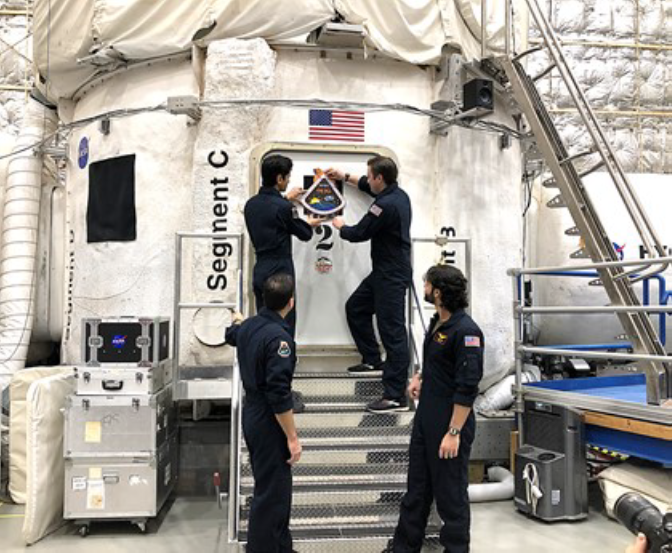
Notice: Restriction on Use and Disclosure of Proposal Information
This document includes data that shall not be disclosed outside the Government and shall not be duplicated, used, or disclosed-in whole or in part-for any purpose other than to evaluate this proposal. If, however, a contract is awarded to this offeror as a result of-or in connection with-the submission of this data, the Government shall have the right to duplicate, use, or disclose the data to the extent provided in the resulting contract. This restriction does not limit the Government’s right to use information contained in this data if it is obtained from another source without restriction. The data subject to this restriction are contained in pages 1 through 3.

